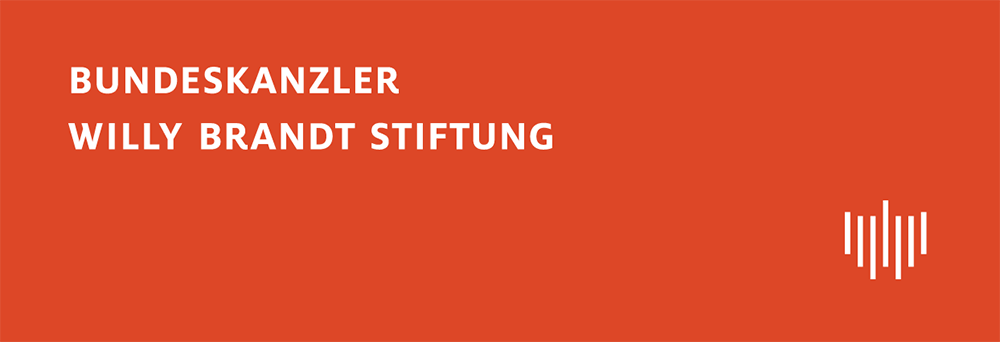Winston Churchill, Prime Minister of the United Kingdom refers to the division between Eastern and Western Europe, using the expression “iron curtain” for the first time.
After the end of World War II, two blocs of countries were created that differed in several aspects: the Western Bloc maintained a capitalist economy, with a parliamentary and liberal political regime, while the Eastern Bloc adopted the planned economy model, and one-party political regimes.
On 5 March, 1946, at Westminster College in Fulton, Missouri, the English Prime Minister, Winston Churchill, delivered an important speech known as “tendons of peace”. His speech would be marked using the term “iron curtain” to refer to the division of Europe between the western and eastern sides and the growing expansion of Soviet influence on the European continent.
In the words of the British Prime Minister, this “iron curtain” extended “From Stettin, in the Baltic, to Trieste, in the Adriatic (…)” and “Warsaw, Berlin, Prague, Vienna, Budapest, Belgrade, Bucharest and Sofia : all these famous cities and the populations around them are in what I must call the Soviet sphere, and all are subject, in one way or another, not only to Soviet influence, but to a very high extent and, in some cases, increasing control of Moscow “.
The term “iron curtain” ended up gaining a lot of popularity, being over the years a reference to refer to the division of Europe as the Cold War got stronger.
Tensions between the two blocks have increased over time. On the economic plane, in the Western Bloc, the United States created in 1947 the Marshall Plan, a plan of economic aid to European countries, weakened at the end of the war, while the Soviet Bloc created a competing model, the COMECON. At the military level, the Western Bloc formed the North Atlantic Treaty Organization in 1949, while the Eastern Bloc formed the Warsaw Pact in 1955.
Bibliography:
Cannadine, David, ed. The Speeches of Winston Churchill. London: Penguin, 1990.
Muller, James W. Churchill’s “Iron Curtain” Speech Fifty Years Later. Columbia: University of Missouri Press, 1999.
Rose, Brian. The Lost Border: The Landscape of the Iron Curtain. Princeton, NJ: Princeton Architectural Press, 2004.
Wright, Patrick. Iron Curtain: From Stage to Cold War. New York: Oxford University Press, 2007.
Gerdes, Louise I., ed. The Cold War. Great Speeches in History. San Diego, Calif., 2003.
McCauley, Martin. The Origins of the Cold War, 1941–1949. New York: Longman, 1995.








